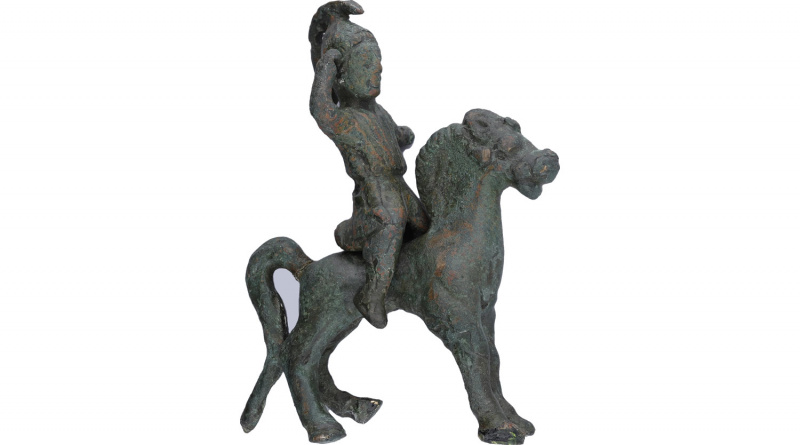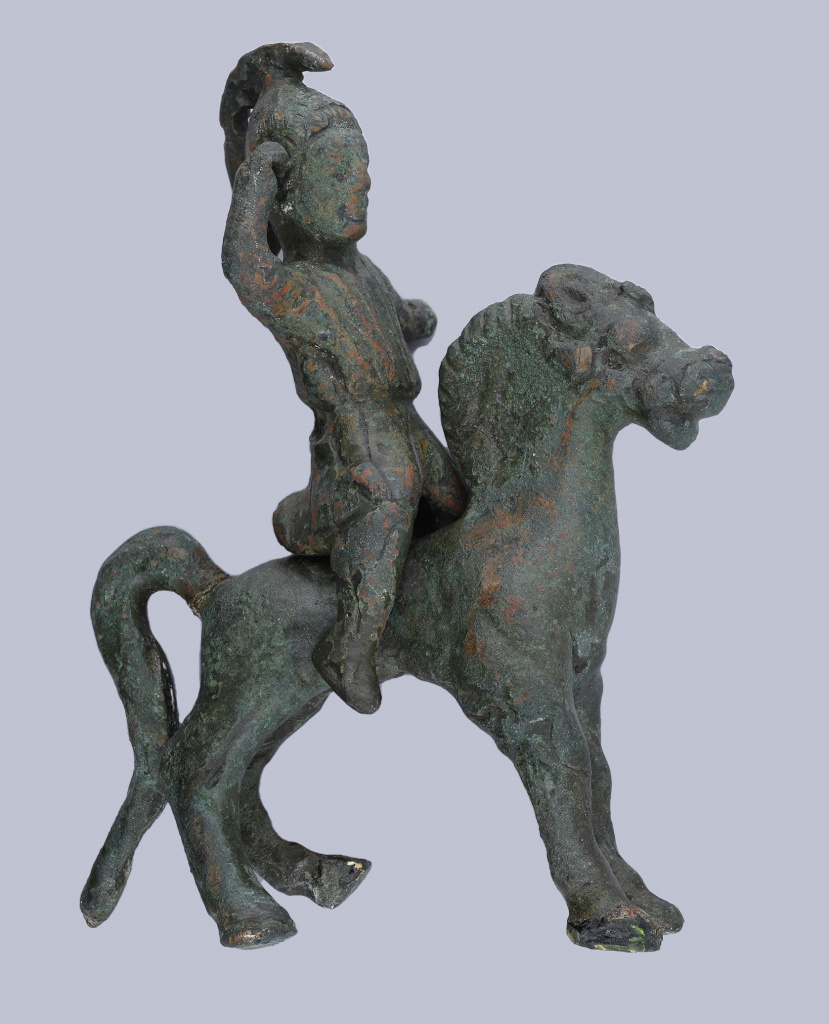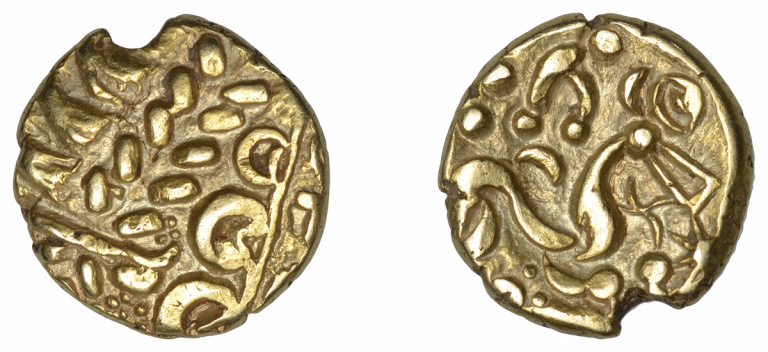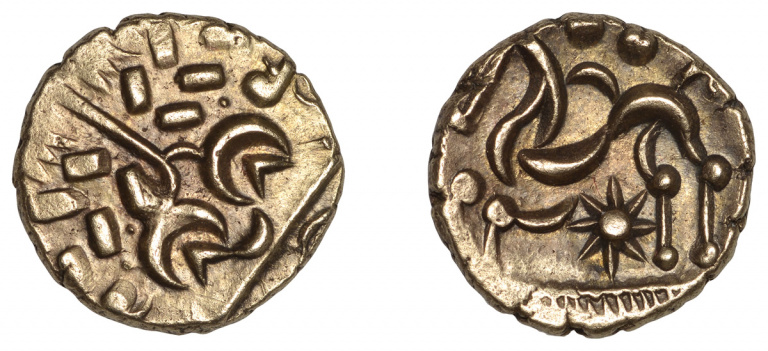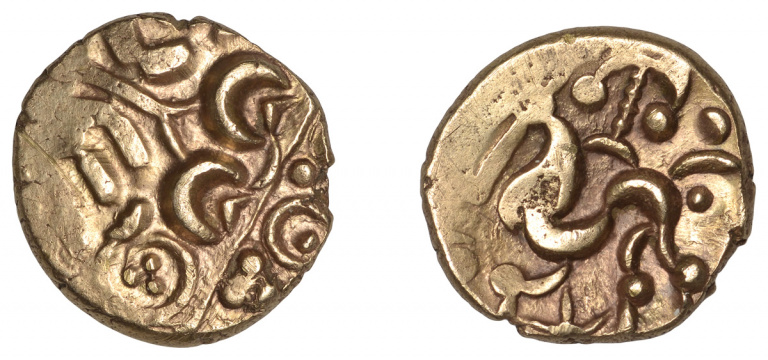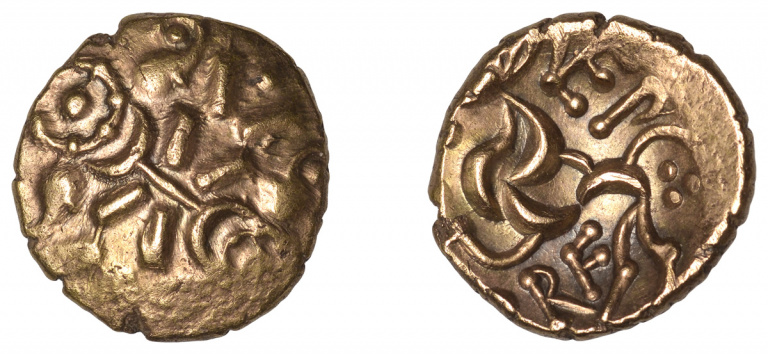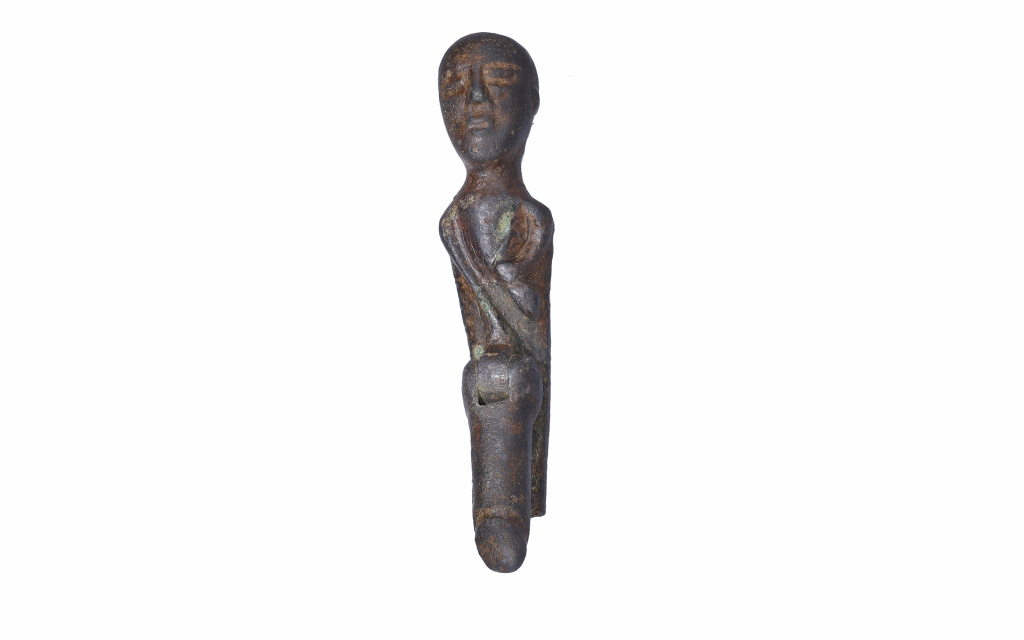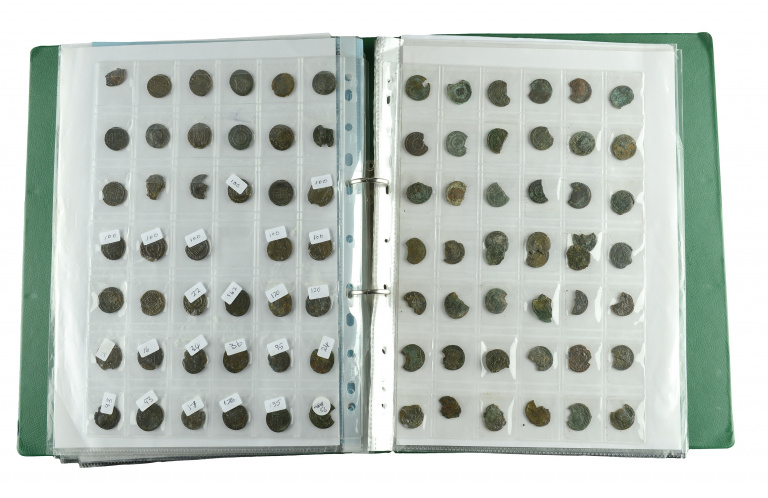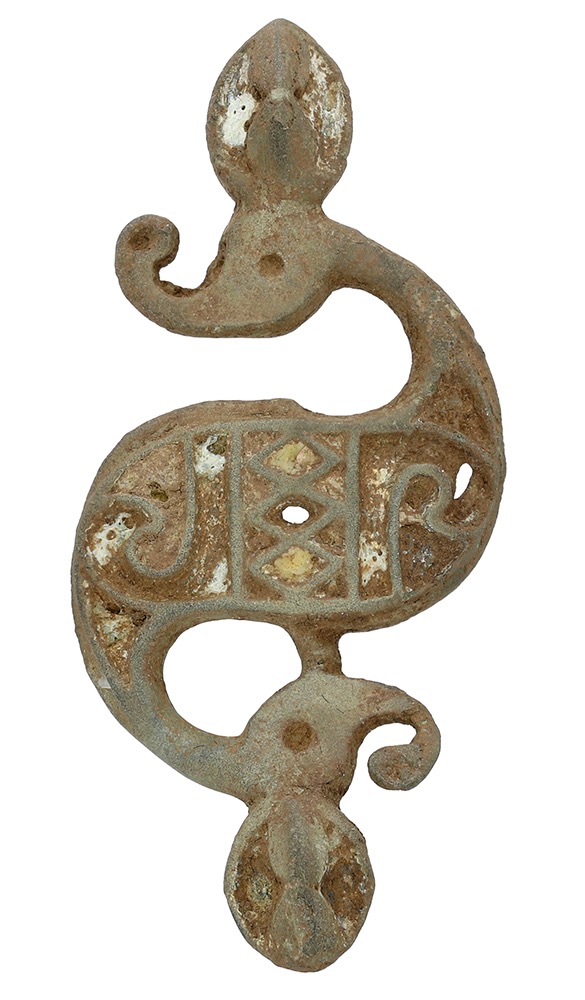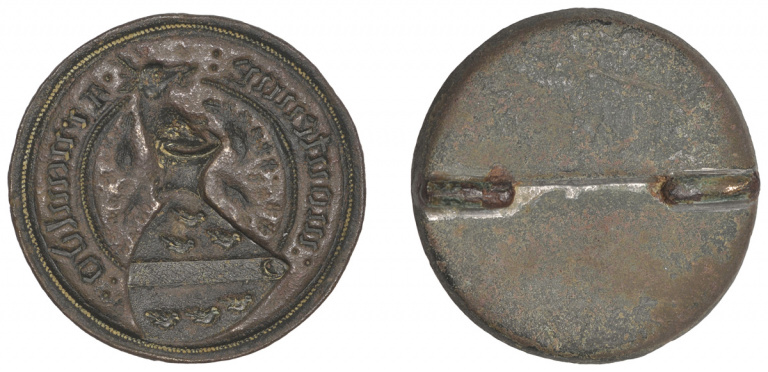Noonans sell detectorist’s collection including the Lissington Horse and Rider
Noonans sell detectorist’s collection including the Lissington Horse and Rider
Noonans auction on 9 March 2023 included many detecting finds. Amongst these are the , is the lifetime collection of detectorist Ken Toyne. Although his favourite find, the Lissington horse and rider, fetched slightly less than expected, his coins did well.
Another featured lot, which received a lot of press attention prior to the auction, was the Haconby Celtic Fertility Figure. The attention may have done it some good as it fetched twice its estimate.
To view any of my selected lots in the auction catalogue click on the lot number. The full catalogue can be found here.
There is a buyer’s premium of 24% (plus VAT) on the hammer price.
Ken Toyne Collection

Ken was born in Grimsby in 1931. He began detecting in his 30’s on a number of permissions in Licolnshire. He had a network of detecting colleagues including Henry Mossop, Hilda Sands and
Michael O’Bee. They would meet up to discuss finds and share detecting tales. They were invited to participate in Channel 4’s Time Team.
In his 60’s Ken developed a keen interest in British Iron Age coins and built up a collection of his own finds and purchases. His favourite piece was the Horse and Rider statue, which he found at Lissington, Lincolnshire in 2006.
A Romano-British horse and rider figurine, found by Ken in Lissington, Lincolnshire in 2006. The rider wears a crested helmet, belted tunic and a kilt. His right arm would have held a spear and his left a shield. The auctioneer says “In Eastern Britain there was a “Cult of the Horseman” with a significant number of finds of bronze figures and enamelled plate brooches being discovered, especially around the Sleaford area. The horseman held high status in Britain with a connection to the Roman god Mars and also to hunting.”
Ken Toyne's Iron Age coins
Below is a selection of the 37 lots from Ken’s Iron Age coin collection.
Stater of the Corieltauvi, North East Cost type
Stater of the Corieltauvi, South Ferriby type
Stater of the Corieltauvi, South Ferriby ‘knotted anchor’
Stater of Corieltauvi, Vepo Corf
Haconby Celtic Fertility Figure
A bronze male nude figure dating to 1st century AD, holding in his right hand an oversized phallus which is hinged for movement.
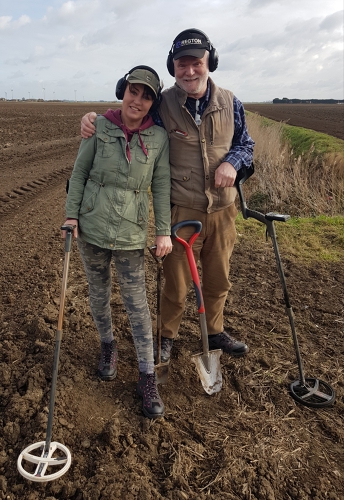
Photo © Noonans
The figure was found by detectorist of 25 years, Paul Shepheard. He was detecting in a stubble field with his wife Joanne as part of a rally in Haconby, Lincolnshire in 2022. Joanne had just found a Medieval penny when Paul got a signal on his new Deus II. On digging down about 10 inches he found what at first was a split pin.He then saw the outline of a face and realised it was something more significant.
Paul said: “What I love about metal-detecting is that absolute surprise of what you find, and this certainly came out of the blue! We initially thought it was Roman as the Military wore phallic pendants but they did not have moving parts, so to speak, but this was designed by the Celts who have added a hinged element making it very artistic which perhaps made their feelings even more obvious!”
Nigel Mills, Consultant (Coins and Artefacts) at Noonans commented: “Dating to the Celtic period from the 1st century AD, this is a representation of a fertility god, probably based on the Roman god Mercury as he is holding a purse in his left hand. This male figure with its hinged oversized phallus would have had symbolic powers of good luck and warding off evil spirits and may have served as a locking mechanism as a buckle to hold a belt and scabbard for a sword. There is nothing quite like it, I am hoping it will attract a lot of attention.”
Pauls said: “We hope to use the proceeds from the sale to pay for a holiday for my wife and her mother.”

